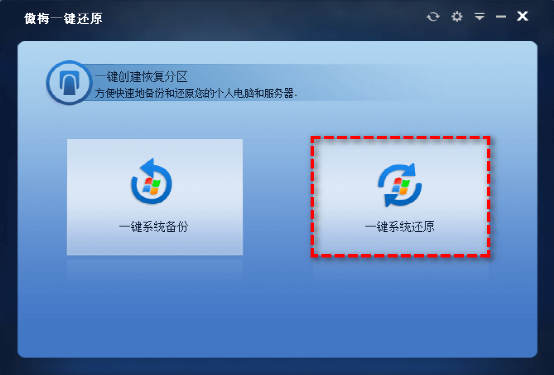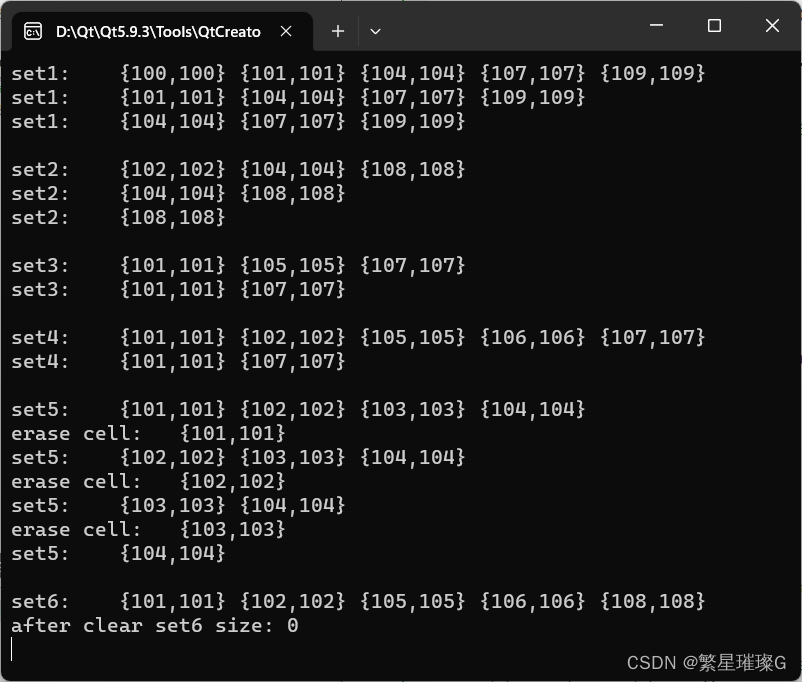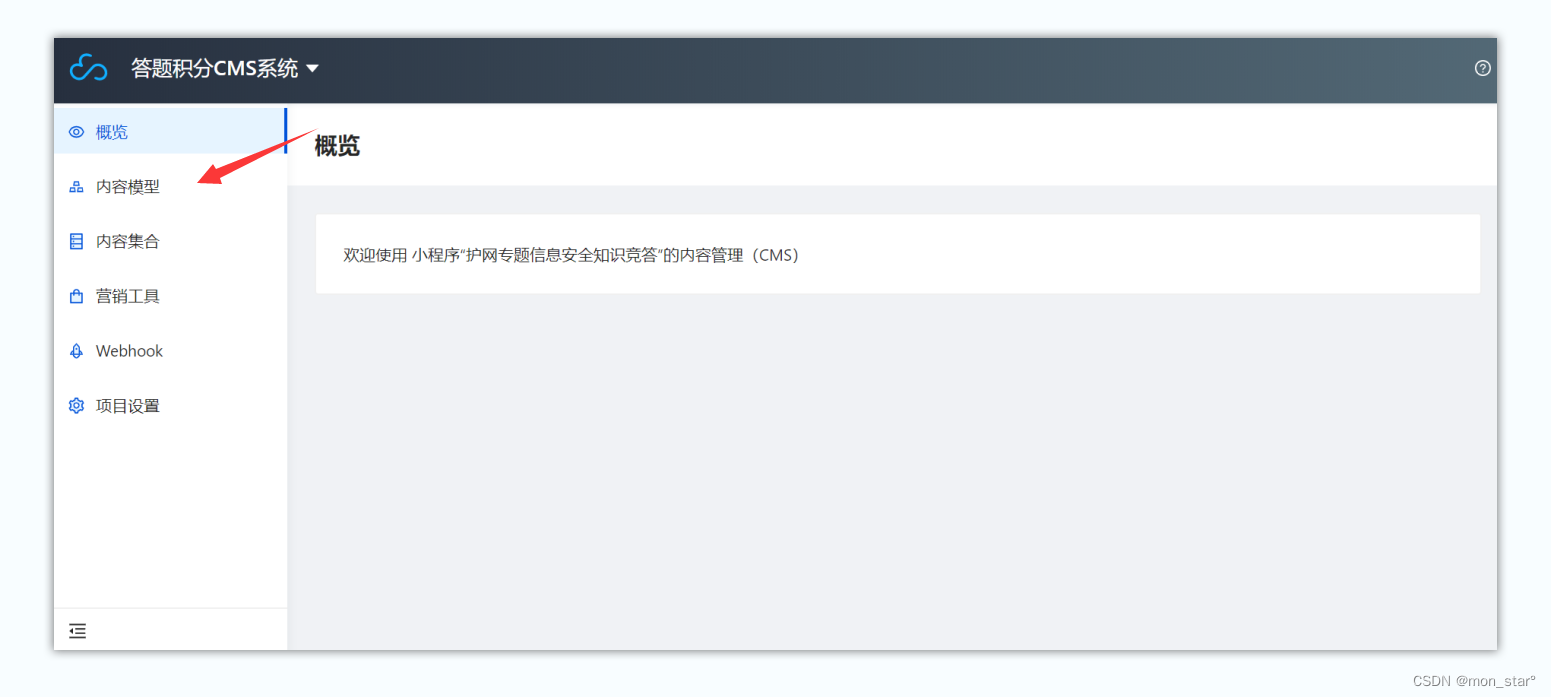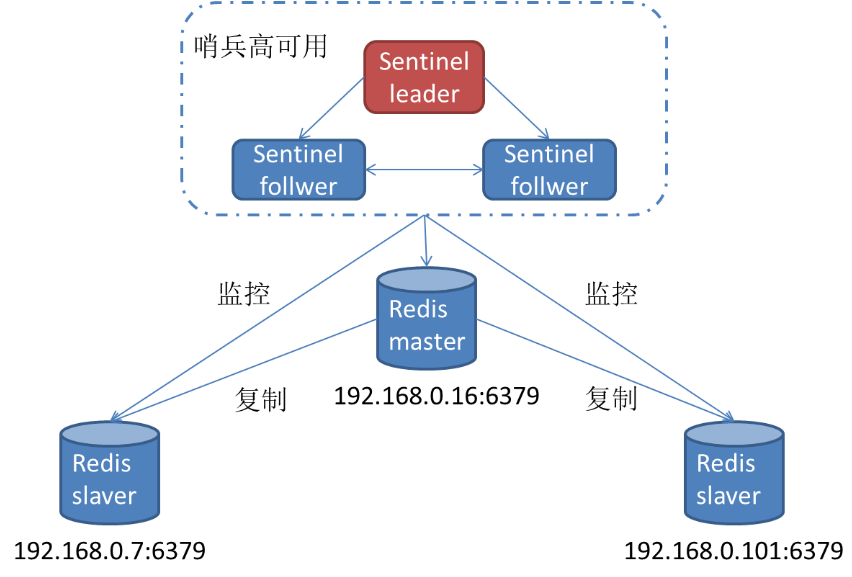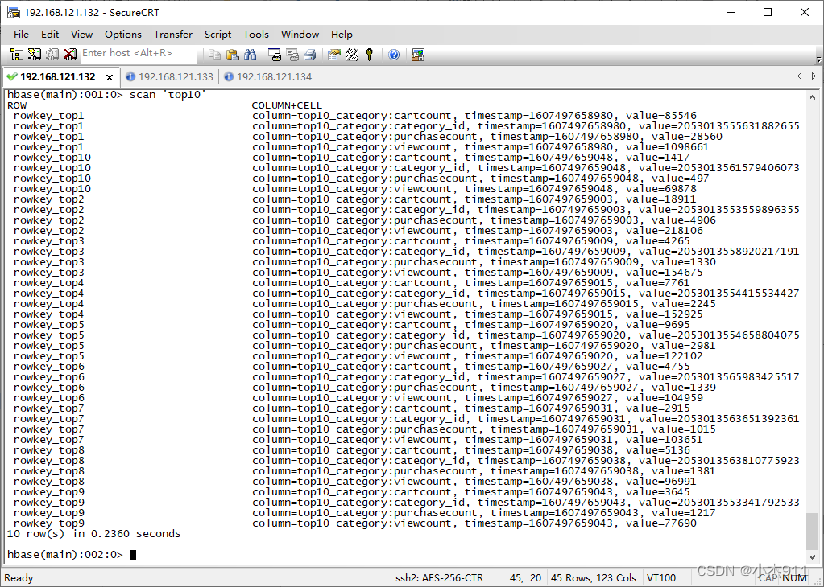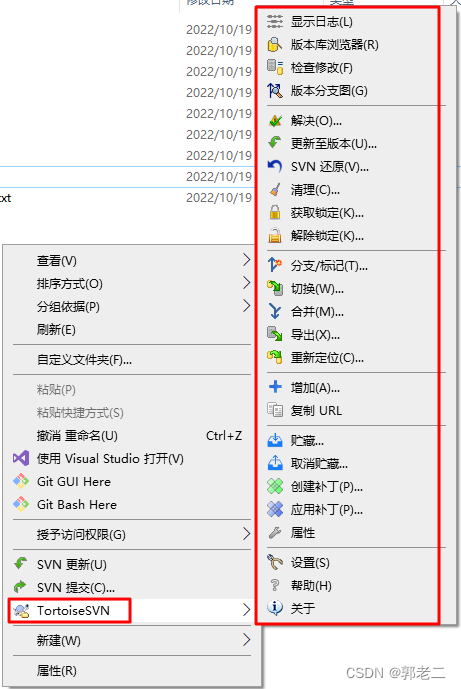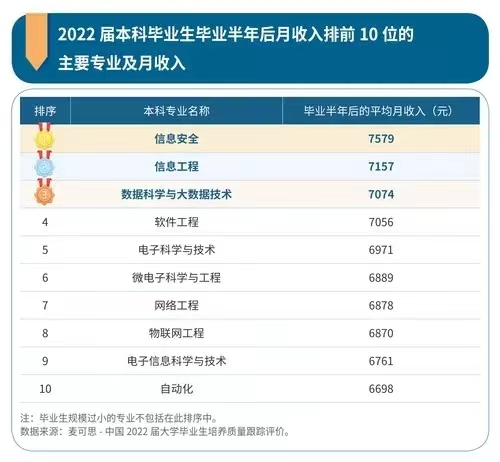想学minio,看小编这边文章可以解决你很多问题
- 一、安装minio
- 1.1、创建文件夹,并在指定文件夹中下载minio文件
- 1.2、赋予minio文件执行权限
- 1.3、启动minio
- 1.4、修改环境变量
- 1.5、指定端口启动minio服务
- 1.6、访问界面
- 二、Springboot整合Minio
- 2.1、引入maven的SDK文件
- 2.2、创建minio工具类,并且注入到bean中
- 2.3 引入yml文件配置
- 2.4 测试添加上传接口
一、安装minio

1.1、创建文件夹,并在指定文件夹中下载minio文件
cd /opt
mkdir minio
cd minio
touch minio.log
wget https://dl.minio.io/server/minio/release/linux-amd64/minio
1.2、赋予minio文件执行权限
chmod 777 minio
1.3、启动minio
./minio server /opt/minio/data (/opt/minio/data 为你存放静态文件的目录)
1.4、修改环境变量
因为系统不想让你使用默认的账号以及密码, 需要我们手动进行修改
vim /etc/profile
在文章最尾出添加上
# set minio environment
export MINIO_ROOT_USER=administrator
export MINIO_ROOT_PASSWORD=administrator
1.5、指定端口启动minio服务
因为启动minio服务对外跳转端口是随机的,但是我们通过访问minio不能每次都调整端口,所以需要我们进行
./minio server /opt/minio/data --console-address ":35555"
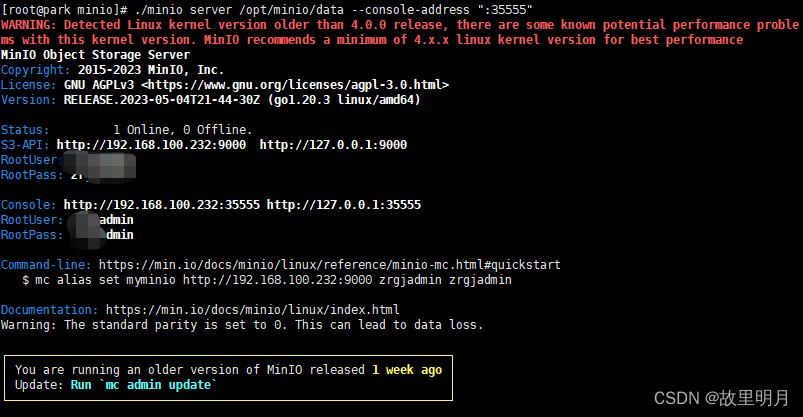
1.6、访问界面
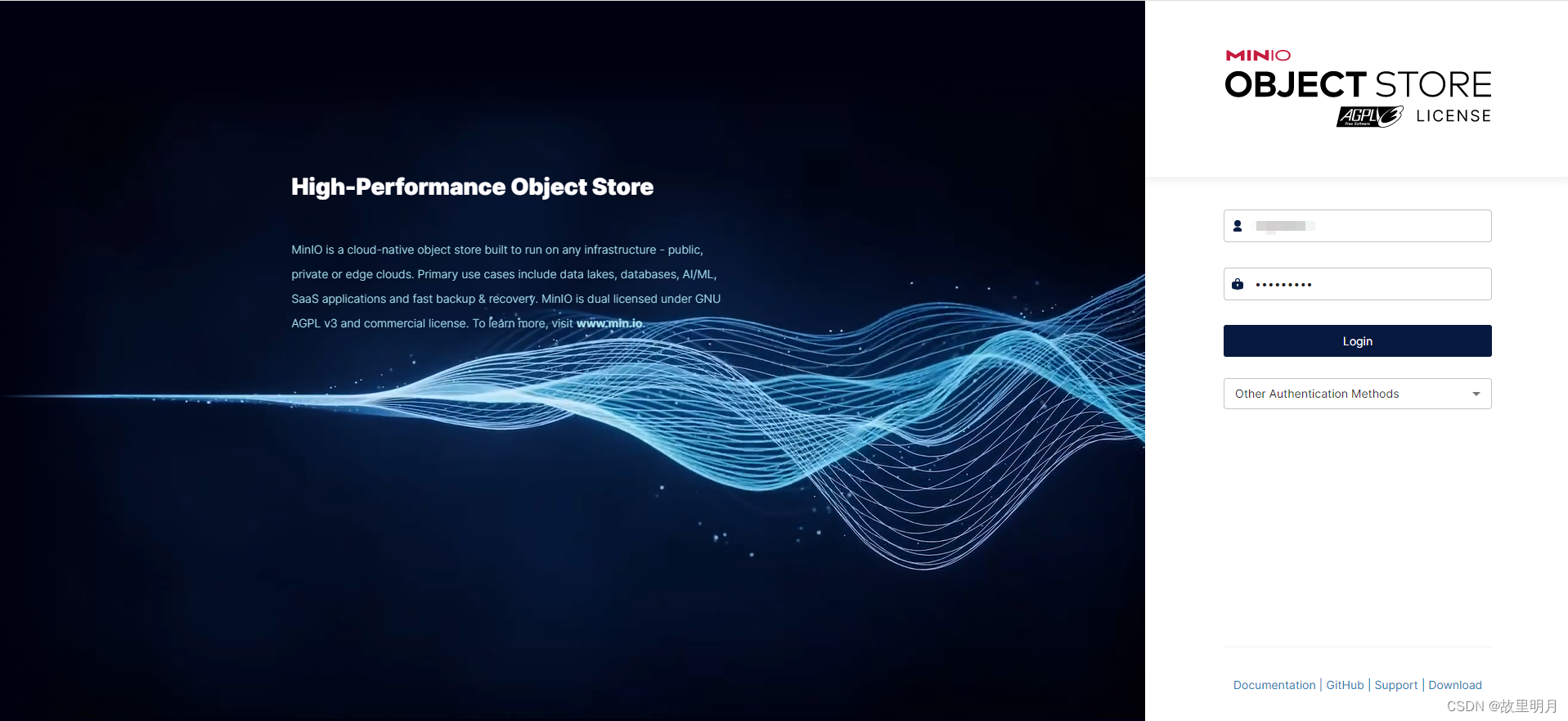
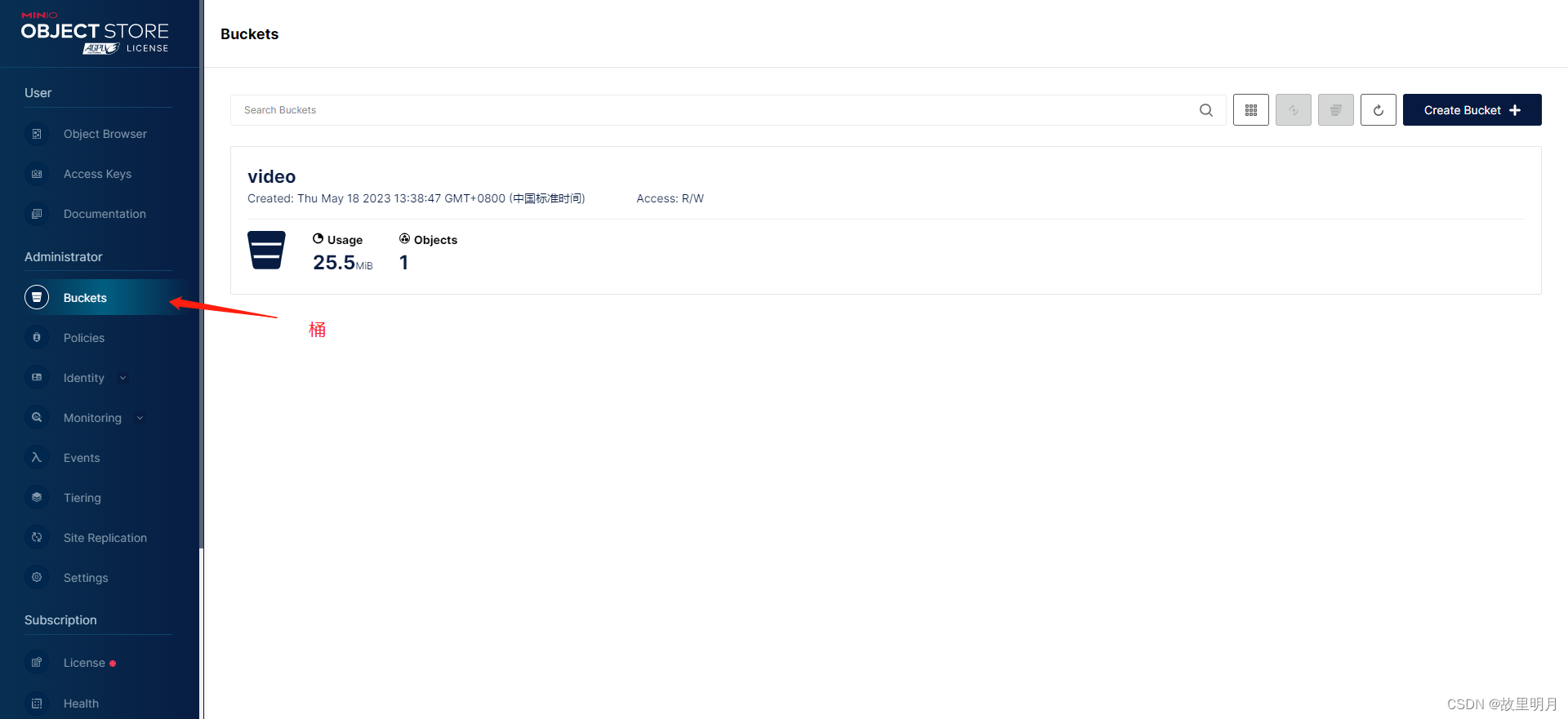
这个桶文件列表使我们使用的重中之重的东西
二、Springboot整合Minio
Minio中文官网使用教程
2.1、引入maven的SDK文件
<dependency>
<groupId>io.minio</groupId>
<artifactId>minio</artifactId>
<version>7.0.2</version>
</dependency>
2.2、创建minio工具类,并且注入到bean中
package com.china.upload.config;
import io.minio.MinioClient;
import io.minio.PutObjectOptions;
import io.minio.Result;
import io.minio.messages.Bucket;
import io.minio.messages.Item;
import org.springframework.beans.factory.InitializingBean;
import org.springframework.beans.factory.annotation.Value;
import org.springframework.stereotype.Component;
import org.springframework.util.Assert;
import org.springframework.web.multipart.MultipartFile;
import org.springframework.web.util.UriUtils;
import java.io.InputStream;
import java.nio.charset.StandardCharsets;
import java.util.ArrayList;
import java.util.List;
@Component
public class MinioHelper implements InitializingBean {
@Value(value = "${minio.bucket}")
private String bucket;
@Value(value = "${minio.host}")
private String host;
@Value(value = "${minio.url}")
private String url;
@Value(value = "${minio.access-key}")
private String accessKey;
@Value(value = "${minio.secret-key}")
private String secretKey;
private MinioClient minioClient;
@Override
public void afterPropertiesSet()
throws Exception {
Assert.hasText(url, "Minio url 为空");
Assert.hasText(accessKey, "Minio accessKey为空");
Assert.hasText(secretKey, "Minio secretKey为空");
this.minioClient = new MinioClient(this.host, this.accessKey, this.secretKey);
}
/**
* 上传
*
* @param multipartFile
* @return
* @throws Exception
*/
public String putObject(MultipartFile multipartFile)
throws Exception {
// bucket 不存在,创建
if (!minioClient.bucketExists(this.bucket)) {
minioClient.makeBucket(this.bucket);
}
try (InputStream inputStream = multipartFile.getInputStream()) {
// 上传文件的名称
String fileName = multipartFile.getOriginalFilename();
// PutObjectOptions,上传配置(文件大小,内存中文件分片大小)
PutObjectOptions putObjectOptions =
new PutObjectOptions(multipartFile.getSize(), PutObjectOptions.MIN_MULTIPART_SIZE);
// 文件的ContentType
putObjectOptions.setContentType(multipartFile.getContentType());
minioClient.putObject(this.bucket, fileName, inputStream, putObjectOptions);
// 返回访问路径
return this.url + UriUtils.encode(fileName, StandardCharsets.UTF_8);
}
}
/**
* 列出所有存储桶名称
*
* @return
* @throws Exception
*/
public List<String> listBucketNames()
throws Exception {
List<Bucket> bucketList = listBuckets();
List<String> bucketListName = new ArrayList<>();
for (Bucket bucket : bucketList) {
bucketListName.add(bucket.name());
}
return bucketListName;
}
/**
* 查看所有桶
*
* @return
* @throws Exception
*/
public List<Bucket> listBuckets()
throws Exception {
return minioClient.listBuckets();
}
/**
* 检查存储桶是否存在
*
* @param bucketName
* @return
* @throws Exception
*/
public boolean bucketExists(String bucketName)
throws Exception {
boolean flag = minioClient.bucketExists(bucketName);
if (flag) {
return true;
}
return false;
}
/**
* 创建存储桶
*
* @param bucketName
* @return
* @throws Exception
*/
public boolean makeBucket(String bucketName)
throws Exception {
boolean flag = bucketExists(bucketName);
if (!flag) {
minioClient.makeBucket(bucketName);
return true;
} else {
return false;
}
}
/**
* 删除桶
*
* @param bucketName
* @return
* @throws Exception
*/
public boolean removeBucket(String bucketName)
throws Exception {
boolean flag = bucketExists(bucketName);
if (flag) {
Iterable<Result<Item>> myObjects = listObjects(bucketName);
for (Result<Item> result : myObjects) {
Item item = result.get();
// 有对象文件,则删除失败
if (item.size() > 0) {
return false;
}
}
// 删除存储桶,注意,只有存储桶为空时才能删除成功。
minioClient.removeBucket(bucketName);
flag = bucketExists(bucketName);
if (!flag) {
return true;
}
}
return false;
}
/**
* 列出存储桶中的所有对象
*
* @param bucketName 存储桶名称
* @return
* @throws Exception
*/
public Iterable<Result<Item>> listObjects(String bucketName)
throws Exception {
boolean flag = bucketExists(bucketName);
if (flag) {
return minioClient.listObjects(bucketName);
}
return null;
}
/**
* 列出存储桶中的所有对象名称
*
* @param bucketName 存储桶名称
* @return
* @throws Exception
*/
public List<String> listObjectNames(String bucketName) throws Exception {
List<String> listObjectNames = new ArrayList<>();
boolean flag = bucketExists(bucketName);
if (flag) {
Iterable<Result<Item>> myObjects = listObjects(bucketName);
for (Result<Item> result : myObjects) {
Item item = result.get();
listObjectNames.add(item.objectName());
}
}
return listObjectNames;
}
/**
* 删除一个对象
*
* @param bucketName 存储桶名称
* @param objectName 存储桶里的对象名称
* @throws Exception
*/
public boolean removeObject(String bucketName, String objectName)
throws Exception {
boolean flag = bucketExists(bucketName);
if (flag) {
minioClient.removeObject(bucketName, objectName);
return true;
}
return false;
}
/**
* 文件访问路径
*
* @param bucketName 存储桶名称
* @param objectName 存储桶里的对象名称
* @return
* @throws Exception
*/
public String getObjectUrl(String bucketName, String objectName) throws Exception {
boolean flag = bucketExists(bucketName);
String url = "";
if (flag) {
url = minioClient.getObjectUrl(bucketName, objectName);
}
return url;
}
}
2.3 引入yml文件配置
# 引入minio配置文件
minio:
bucket: video
host: http://192.168.100.232:9000
url: ${minio.host}/${minio.bucket}/
access-key: administrator
secret-key: administrator
2.4 测试添加上传接口
@GetMapping(value = "/test")
public CommonResponse test() throws Exception {
return CommonResponseFactory.getInstance().success(minioHelper.listBuckets());
}
@PostMapping(value = "/upload")
public CommonResponse upload(@RequestParam("file") MultipartFile multipartFile) throws Exception{
String s = minioHelper.putObject(multipartFile);
return CommonResponseFactory.getInstance().success(s);
}
